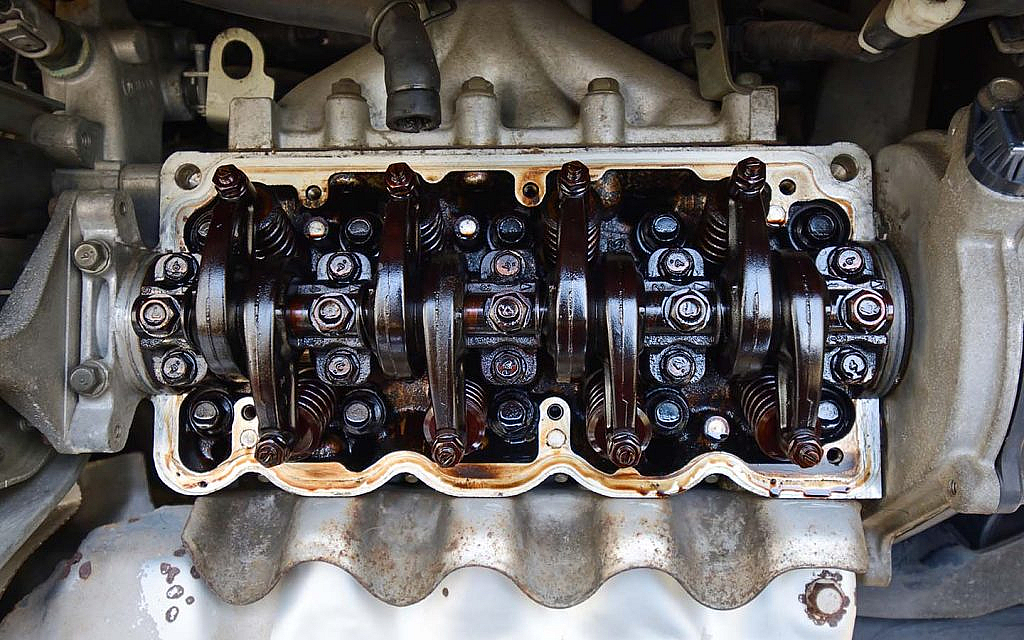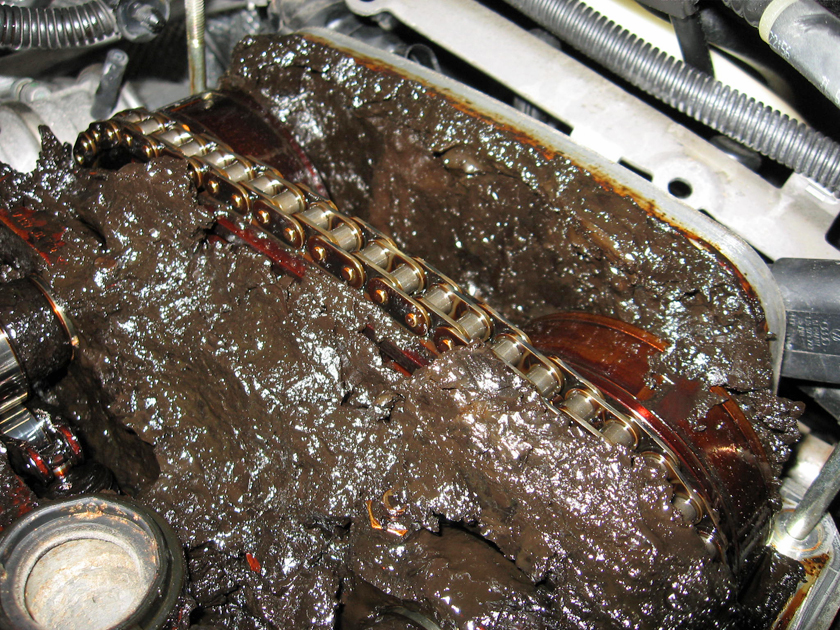What is engine sludge and how can it be removed?
If you're a car owner or someone interested in buying a car, engine sludge is probably a term you've heard recently. This is a widespread issue that affects many engines and can lead to serious damage if left untreated. Everything you want to know about engine sludge, its definition, causes and discharge, will be kept in this blog.
Engine sludge, also known as oil sludge or motor oil sludge, can be a thick, coagulated substance that forms when motor oil breaks down and mixes with dirt, debris, and other contaminants. This buildup can wreak havoc on your engine's performance and longevity if not tended to quickly.
Common symptoms of sludge buildup in an engine
It is important to recognize the signs of engine sludge buildup to predict potential damage:
1. Low oil weight:
Oil sludge can block oil entry and lead to reduced oil flow and lower oil weight.
2. Engine temperature rise:
Restricted oil flow caused by vehicle oil sludge buildup can cause the engine to overheat and potentially damage internal components.
3. Harsh lingering:
Sludge deposits can interfere with the smooth operation of engine components and cause difficulty sitting or reduced speed.
4. Oil sludge:
Sludge buildup at the oil cap may be a clear sign of oil cap buildup and low oil levels.

Also Read: Which Oil Change is Better: Conventional or Synthetic Oil?
How does engine corrosion affect engine performance?
Engine corrosion can adversely affect engine performance and longevity:
1. Waste of oil:
The buildup of dirty oil can block the flow of oil to key engine components and cause corrosion and severe damage.
2- Reduced production:
Dirty automotive oil can impair the efficiency of engine components, reducing fuel economy and efficiency.
3. Long-term wear:
Excessive contact resulting from oil loss can cause wear on engine components, which can lead to costly repairs or dissatisfaction with the engine.
Engine sludge removal methods
There are some strategies you can adopt that will help you clean engine sludge, successfully remove engine sludge, and restore engine performance:
Standard oil change and back burner
Changing your engine oil and using high-quality oil and channels are essential to prevent engine sludge buildup and keep your engine clean. This is one of the best ways to clean engine sludge. After a temporary oil change by the manufacturer, ensuring peak oil is reached and safe against overflow activity.
The use of oil sludge evacuation things
Specific engine sludge removal items, such as included substances and flushes, can help with the decomposition and accumulation of sludge deposits inside the engine. The use of oil sludge cleaners can be very useful in cleaning engine sludge. These things are usually included in engine oil, often after an oil is adjusted and it works by breaking down and suspending sludge particles for direct lifting.

Competent associations for engine cleaning
For honest cases of oil sludge mixing, competent engine maintenance companies can be vital. This engine oil sludge treatment method is considered one of the best ways to get rid of engine sludge. These associations regularly undertake a thorough inspection and cleaning of the engine using special equipment and cleaning experts to clean localized drain deposits.
Conclusion
Engine sludge poses a real risk to engine performance and longevity if left unchecked. By understanding the common signs of engine sludge buildup and using proper drainage strategies such as standard oil changes, use of engine sludge drains and skilled flushing management, you can prevent potential damage and extend the life of your engine.
FAQs for Engine Sludge
Q1: What is engine sludge?
A1: Engine sludge is a thick, dark substance that can form inside an engine when oil breaks down and collects contaminants. It can impair engine performance and cause damage over time.
Q2: What causes engine sludge?
A2: Engine sludge is typically caused by a combination of factors including infrequent oil changes, using low-quality oil, operating the engine at consistently high temperatures, and driving in stop-and-go traffic frequently.
Q3: What are the symptoms of engine sludge?
A3: Symptoms of engine sludge can include:
- Reduced engine performance
- Overheating
- Increased oil consumption
- Engine warning lights on the dashboard
- Unusual engine noises
Q4: How can I prevent engine sludge?
A4: To prevent engine sludge:
- Follow the manufacturer’s recommended oil change intervals.
- Use high-quality oil that meets your vehicle’s specifications.
- Avoid excessive idling and frequent short trips.
- Keep your engine properly tuned and maintained.
Q5: How do I check for engine sludge?
A5: To check for engine sludge:
- Inspect the oil filler cap and the area inside for any thick, dark deposits.
- Use a dipstick to check the oil; if it’s very dark and thick, it could indicate sludge.
- If you suspect sludge, consult a mechanic for a thorough inspection.
Also Read: How to remove scratches from car